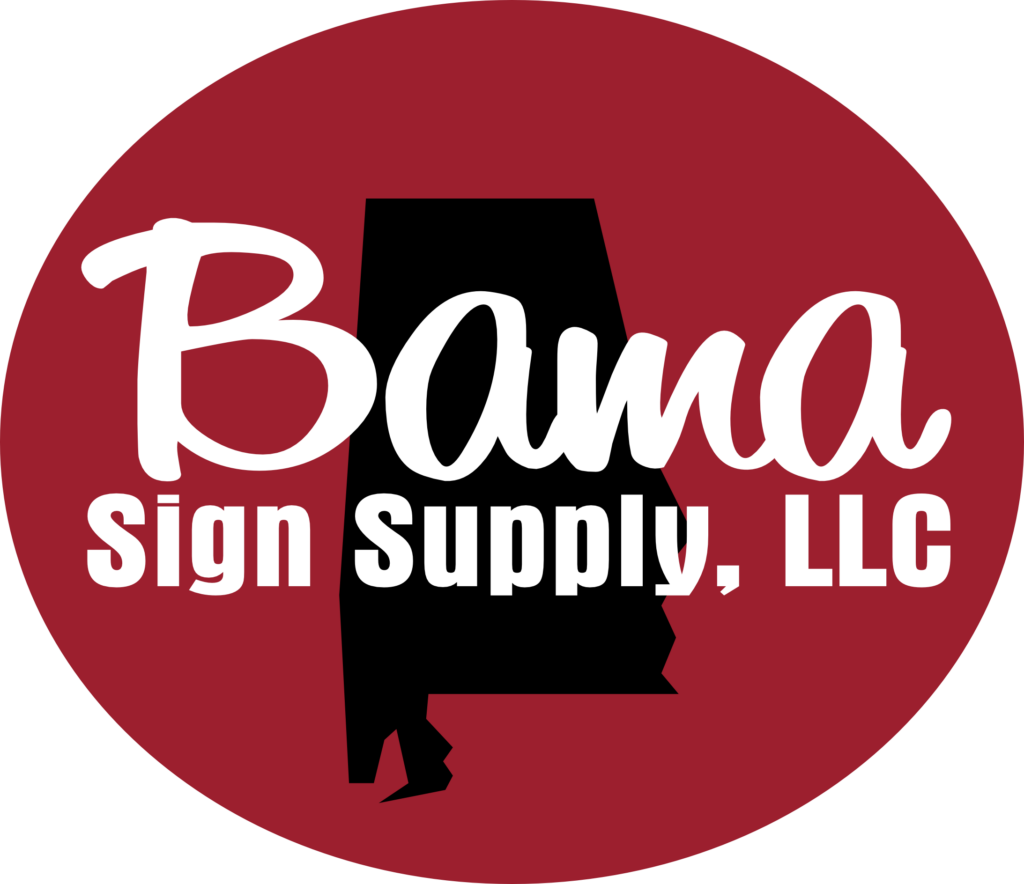Choosing the Perfect Substrates for Your Brand’s Visual Identity
When it comes to establishing your brand’s visual identity, every detail matters. From the logo and color palette to the typography and imagery, each element plays a crucial role in shaping how your brand is perceived by your audience. One often overlooked aspect of visual branding is the selection of substrates for printed materials and packaging. The substrates you choose can have a significant impact on the overall look and feel of your brand, making it essential to carefully consider this aspect of your visual identity.
The term “substrates” refers to the materials on which your brand’s designs are printed or displayed. This can include paper, cardboard, plastic, fabric, and various other materials commonly used for packaging, signage, and promotional materials. Selecting the right substrates is not just about finding materials that are durable and practical; it’s also about finding substrates that align with your brand’s values, aesthetics, and target audience.
Here are some key factors to consider when choosing the perfect substrates for your brand’s visual identity:
1. Brand Image and Values: Your choice of substrates should reflect and reinforce your brand’s image and values. For example, if your brand emphasizes sustainability, you may want to opt for eco-friendly substrates such as recycled paper or biodegradable materials. On the other hand, if your brand exudes luxury and sophistication, you may prefer high-quality, textured papers or premium packaging materials.
2. Target Audience: Understand your target audience and their preferences. Consider the demographic factors such as age, gender, lifestyle, and cultural background. For instance, younger consumers may respond well to unconventional substrates like metallic or holographic materials, while older demographics may appreciate classic and traditional options.
3. Design and Printing Techniques: Different substrates have unique characteristics that can enhance or detract from the impact of your brand’s designs. Consider how the substrates will interact with your chosen printing techniques, such as embossing, foiling, or spot varnishing. Some substrates may be better suited for specific printing methods, and understanding these interactions can help you achieve the desired visual effects.
4. Application and Functionality: Think about the practical aspects of your substrates, especially if they will be used for packaging or promotional materials. Consider factors such as durability, flexibility, water resistance, and ease of handling. For instance, if your brand produces food products, you may need substrates that are food-safe and moisture-resistant.
5. Cohesiveness Across Materials: Ensure that the substrates you choose create a cohesive visual identity across all your brand materials. Whether it’s business cards, product packaging, or promotional brochures, the substrates should complement each other and contribute to a unified brand aesthetic.
6. Environmental Impact: In today’s environmentally conscious world, it’s essential to consider the environmental impact of the substrates you choose. Opting for sustainable and recyclable materials can not only align with your brand’s values but also resonate with environmentally-aware consumers.
Ultimately, the substrates you choose play a crucial role in shaping the tangible representation of your brand. They can evoke emotions, convey quality, and leave a lasting impression on your audience. By carefully considering the factors mentioned above, you can select the perfect substrates that align with your brand’s visual identity and contribute to a memorable and impactful brand presence.
